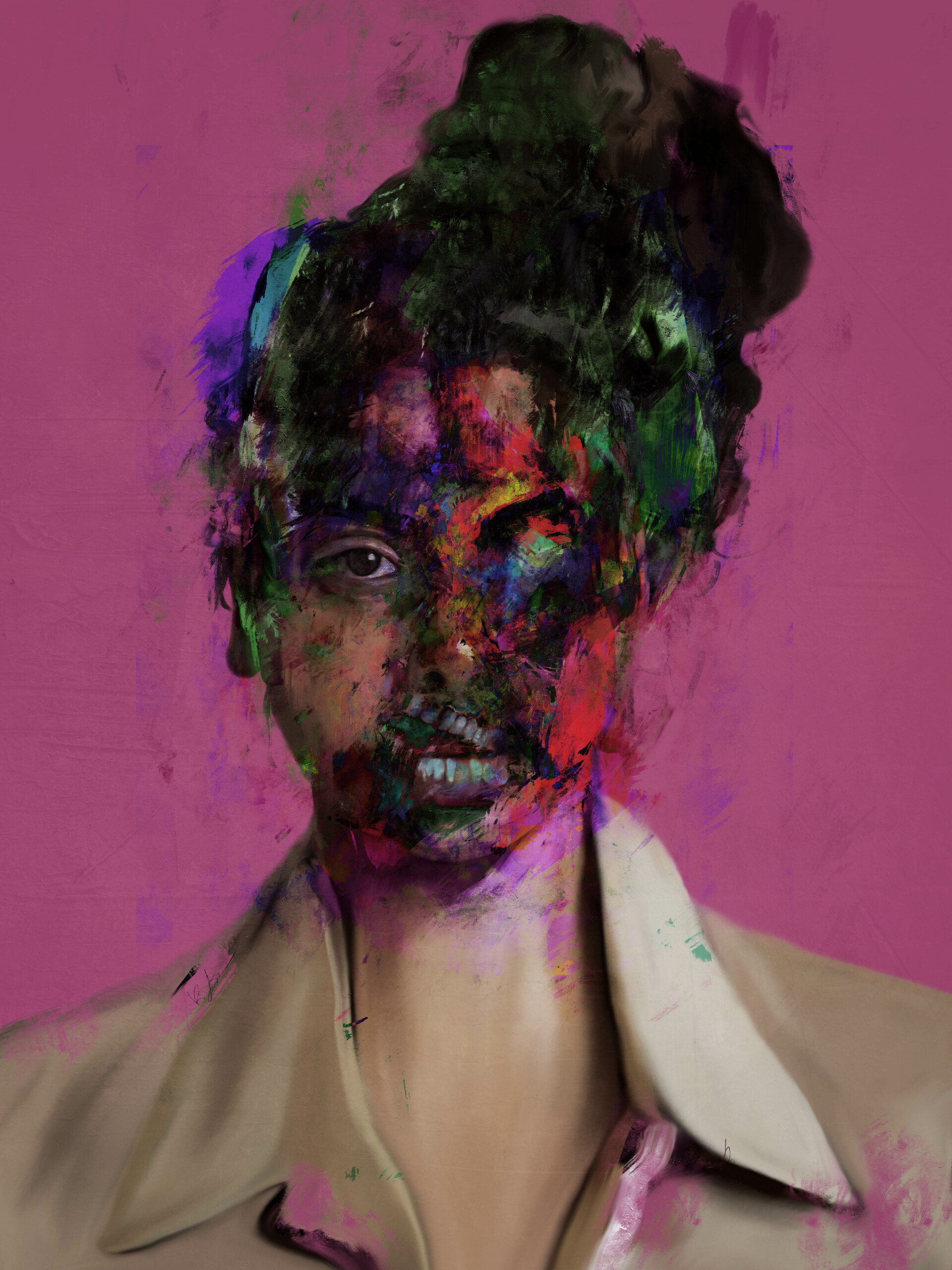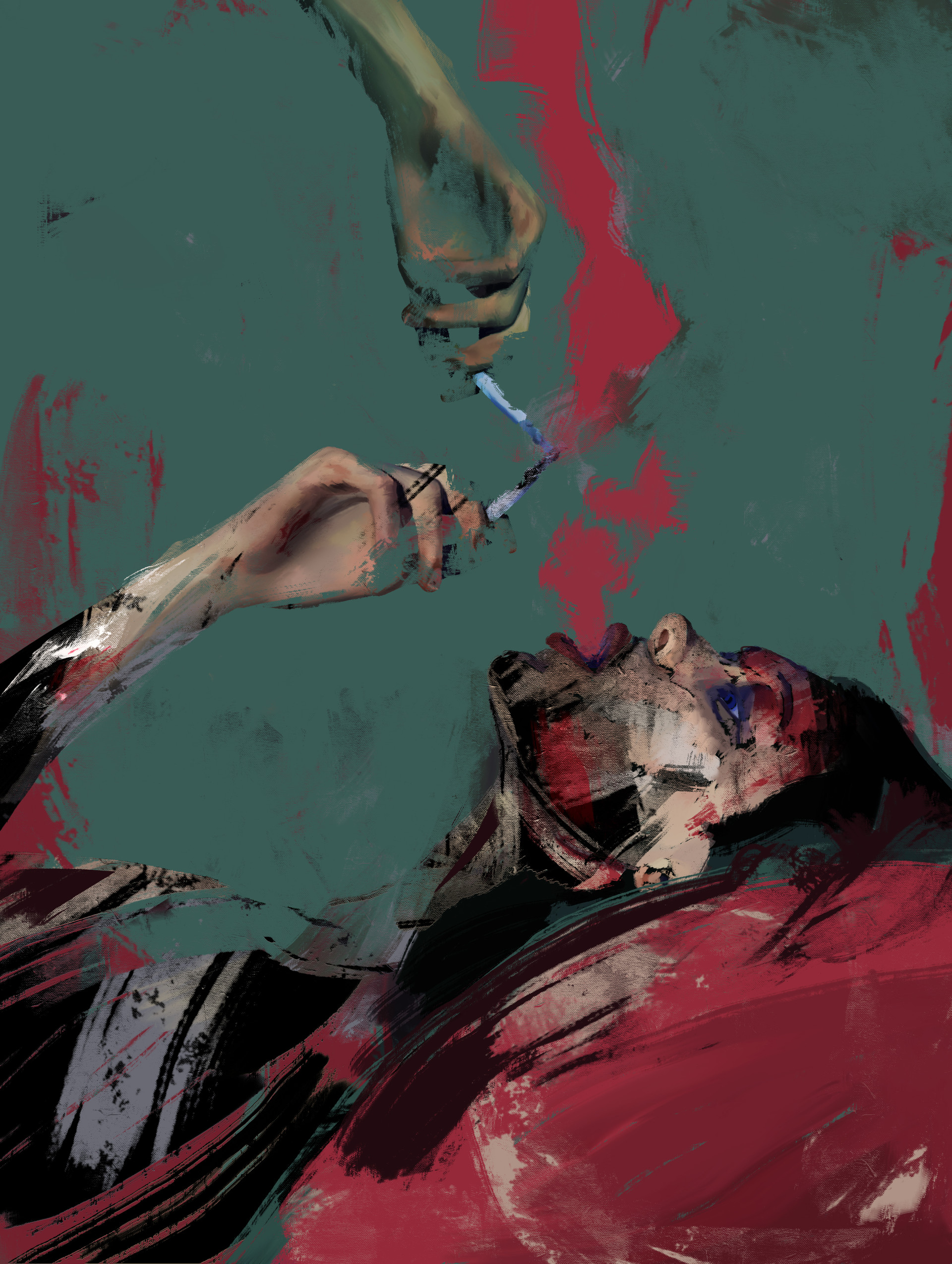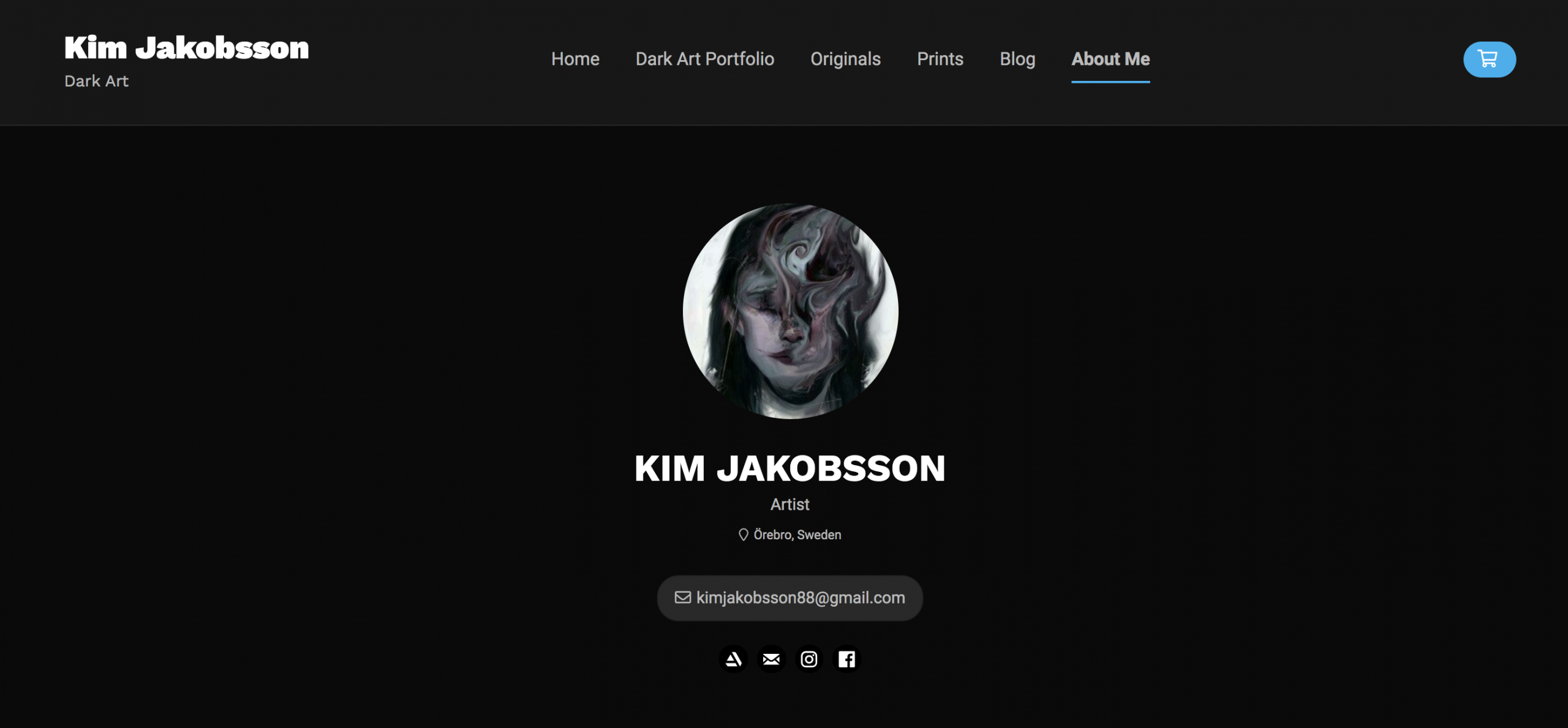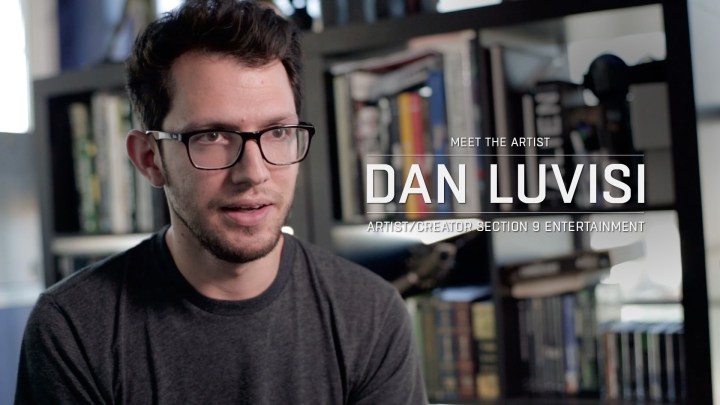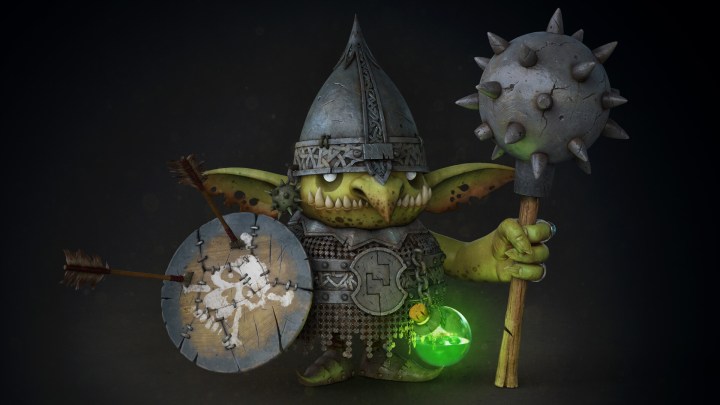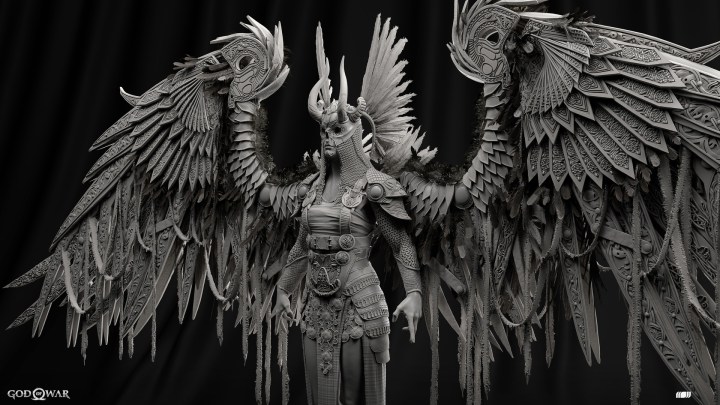Featured Pro Portfolio: Kim Jakobsson
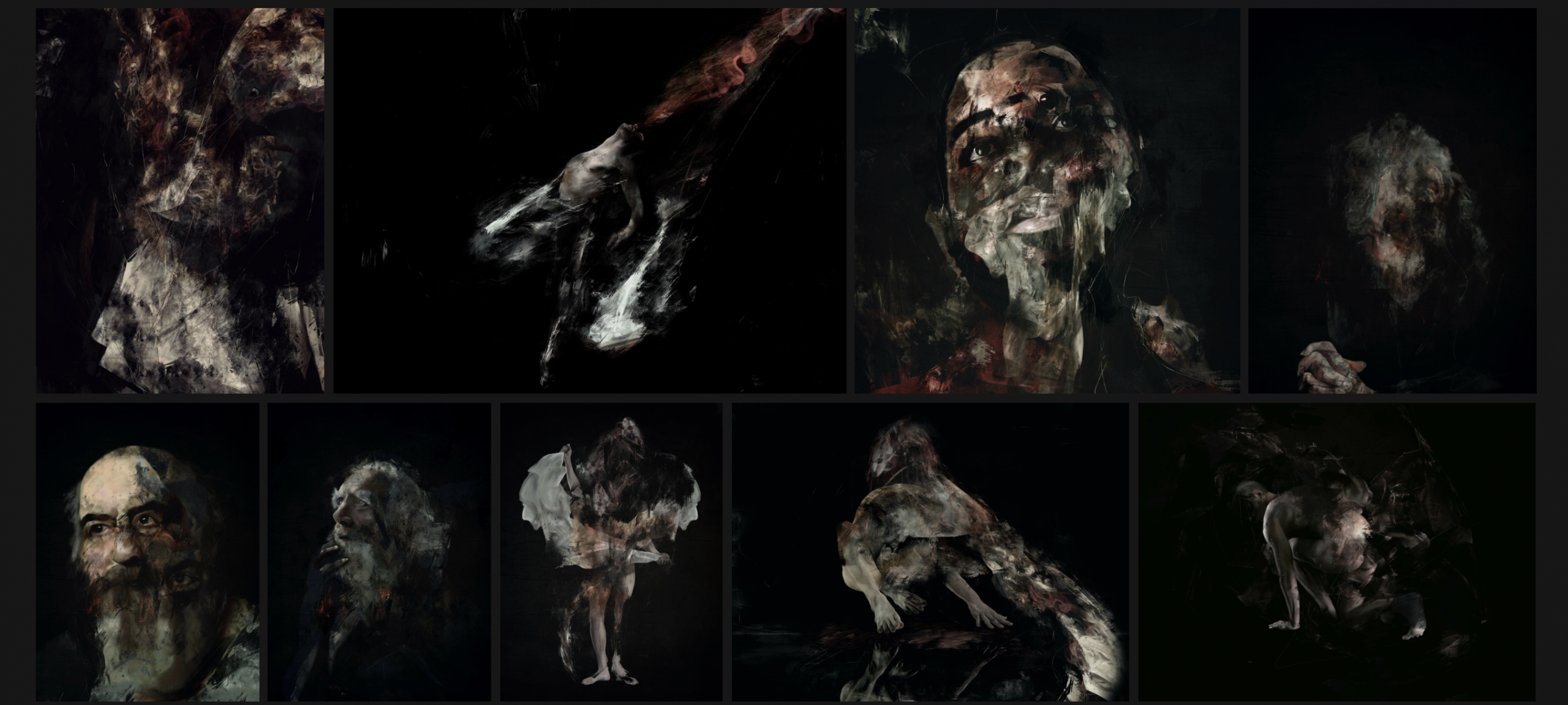 Kim Jakobsson is a surrealistic artist based in Sweden. He describes his artwork as “capturing feelings of anxiety and dread”. Most of his work focuses on channeling that by playing with light or color and deforming anatomy.
Kim Jakobsson is a surrealistic artist based in Sweden. He describes his artwork as “capturing feelings of anxiety and dread”. Most of his work focuses on channeling that by playing with light or color and deforming anatomy.
Warning: Kim’s portfolio features blood and other imagery some audiences might find disturbing.
Check out Kim’s ArtStation-powered portfolio website.
Kim uses his website to host his portfolio, print store and blog all in one.
On using the website builder:
“It’s just a great feature overall and very simple to use. I also love that you can easily link your store with your webpage – which has helped me immensely over the past year.”
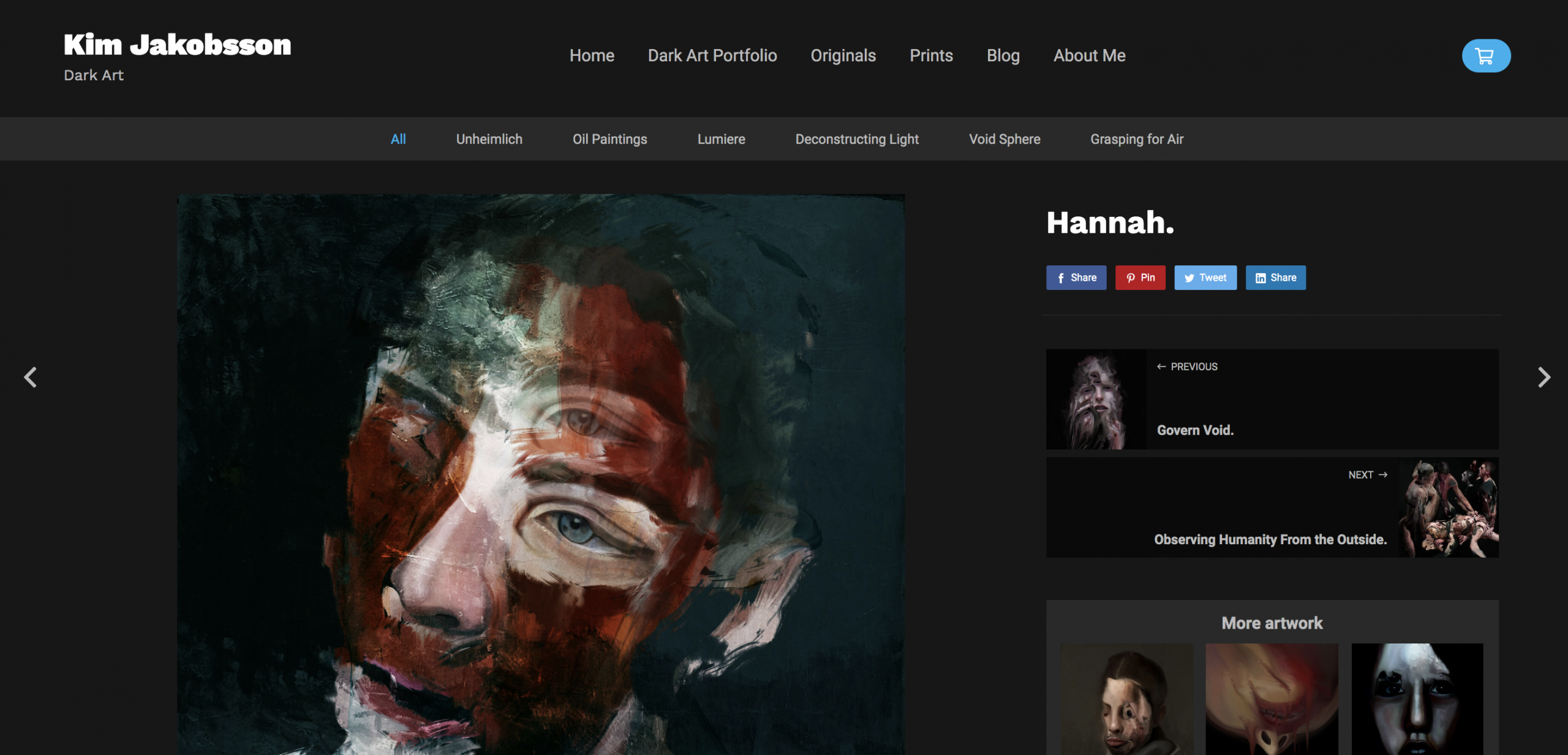 How did you begin your career as an artist?
How did you begin your career as an artist?
To tell you the truth, I’m not even sure. I painted all the time when I was a kid but grew away from it for a very long time. Then I started to paint with oil about a year ago. Some people liked what I did on Instagram. Some paintings were sold. Eventually, I gathered a following on social media where pretty much all my business is coming from. So this whole artist thing is very new to me. I’m in the deep end and not really sure what I’m doing half of the time. But so far it’s been working out pretty well.
What do you think is a portfolio “must have”?
I’m not sure that there is such a thing. It really depends on what type of artist you are, or want to be. If you’re a concept artist, for example, you’d want to have artwork that shows some kind of understanding of architecture and character design. Being able to tell a story visually, if you will. For more traditional artists, I’d just go with whatever you like doing. As long as it is good work.
I can tell you this, however. A lot of people I see both here on ArtStation and other platforms tend to upload loads of images, and never get rid of their old stuff. I’m very concerned about all my paintings and go through my entire portfolio every month and delete images that I’m not totally satisfied with. It’s always better to keep a clean and small portfolio instead of one with lots of images with uneven quality.
How did you develop your art style?
My style has definitely developed over time. I started painting normal faces in Photoshop one day – then I grew bored of it and decided to distort them using different effects and layers. I did that for some time. After a while, I’d gathered quite a collection of digital images. I combined different images in order to get freaky results, and have done so ever since. Even when I’m painting with oils I always distort images in the computer beforehand. It’s very rare that I just start painting on canvas directly.
I think my style almost demands some sort of digital work in order to get the result I desire.
As a traditional painter who transferred a lot of your paintings to prints, how has your experience been selling prints on ArtStation?
Well, it’s been ups and downs when it comes to sales but that’s on me, obviously. The store is great and I love how user-friendly it is. Both for customers and myself as an artist. It takes roughly a minute for me to upload an image, add the necessary information and start selling it on the site.
What is the best art advice you’ve ever received?
That art only really has two purposes. It should either tell a story or convey emotion – preferably both. I can’t remember which artist said this, but it’s something that I carry with me every day when I’m creating art. When I’m doubting myself in front of the canvas I always ask myself If my art is emotional or telling a story – if it isn’t, I just start over.
Find out more about ArtStation Premium websites here.
